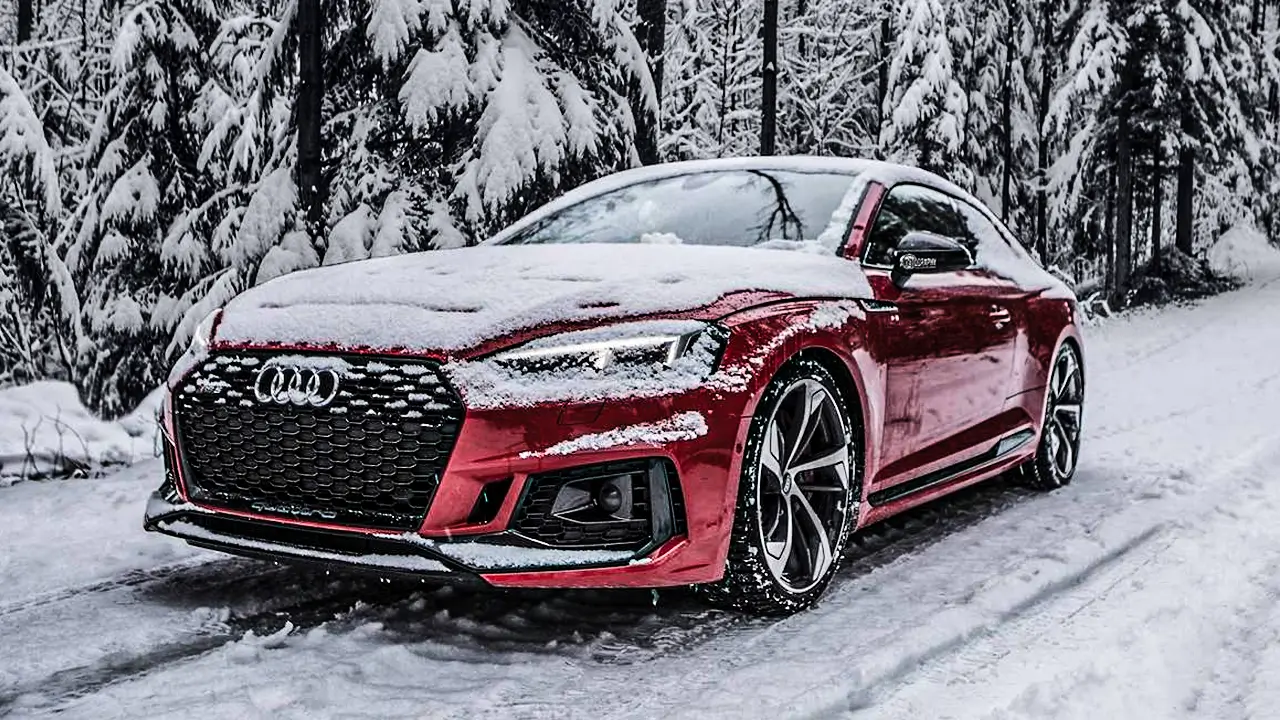Winter conditions present difficulties for automobiles. Getting your car ready guarantees dependability, safety, and peace of mind.
How to Get Your Car Winter-Ready: A Complete Maintenance Checklist
Inspect Your Tires
Your main point of contact with the road is your tires. Make sure the tread is at least 4/32 inches deep. Tire wear or baldness decreases traction on ice and snow. Think about spending money on winter tires made for icy and slick situations. Maintain the proper tire pressure because it decreases in cold temperatures. Don’t forget to check that the spare tire is in good condition.
Test Your Battery
The cold puts stress on your car’s battery. Lower temperatures cause batteries to lose power, which makes starting your vehicle more difficult. Use a multimeter to check the battery voltage. Clear the terminals of corrosion and secure any loose connections. Get a new battery if it is older than three years or exhibits symptoms of low performance.
Inspect and Replace Wiper Blades
In the cold, visibility is crucial. Over time, wiper blades deteriorate and may no longer be able to remove rain or snow. If they miss spots or leave streaks, replace them. The application of winter-grade washer fluid can withstand freezing temperatures in frigid climates. Have a spare bottle of washer fluid in your trunk for emergencies.
Check the Cooling System and Antifreeze
Antifreeze prevents the freezing of your engine. Check the coolant level and add more if necessary. Coolant leaks should be repaired immediately to avoid engine damage; if the antifreeze is old or dirty, replace it and flush the system; if the liquid is a 50/50 mixture of water and antifreeze, use a coolant tester to confirm this.
Examine the Brakes
Brakes must be in good working order because winter roads can be slick. Pay attention to odd sounds, such as grinding or screeching, which are signs of worn brake pads. Verify the brake fluid’s cleanliness and level. Have the system checked by a mechanic if you observe a spongy brake pedal or decreased stopping power.
Inspect Belts and Hoses
The serpentine belt, which drives vital components like the alternator and power steering, should be replaced if it appears damaged or loose. Cold weather can cause belts and hoses to become brittle, so check for cracks, fraying, or wear.
Test the Heating and Defrosting System
A working heating system guarantees clear windows and keeps you warm. Check the heater and defroster in your vehicle. If the airflow is feeble or cold, have the system inspected. Resolving heating problems before winter guarantees visibility and comfort in inclement weather.
Change the Engine Oil
Because cold weather thickens oil, starting an engine becomes more difficult. Use the winter oil, which is usually viscous and thinner. For instructions, consult your owner’s handbook. Maintaining the smooth operation of your engine during the winter requires routine oil changes.
Inspect the Exhaust System
Your car may leak dangerous gases like carbon monoxide if your exhaust system is damaged. Inspect for holes, loose connections, or rust. A functional exhaust system is essential for safety, particularly during the winter when windows are frequently closed.
Check the Lights
The shorter winter days mean more driving in the dark. Examine every light outside, including the headlights, brake lights, turn signals, and fog lights. You should clean the lenses and replace any burned-out bulbs. To increase visibility, adjust the headlight aim as necessary.
Maintain the Fuel System
To keep moisture from freezing in the gasoline lines, keep your gas tank at least halfway filled. To prevent clogs, add a water remover or fuel-line antifreeze. In cold conditions, taking this little action can help avoid developing problems.
- Audi GT50 Concept: A Loud Reminder of Why Car Enthusiasts Fell in Love With Audi
- Nearly 30% of UK Drivers Believe Car Tax Should Be Based on Mileage — Survey
- Why Planes and Boats Escaped the Luxury Tax But Cars Didn’t
- Australia’s Headlight Confusion: Authorities Warn Drivers After Viral $250 Headlight Rule Goes Wild Online
- 2025 Hyundai Venue Facelift Launched in India – Full Details, Variants, and Price
Prepare for Ice and Snow
Put a snowbrush and ice scraper in your car. Utilize them to remove ice and snow from headlights, mirrors, and windows. Hot water can break glass, so avoid using it to remove ice. For stubbornly frozen hair, keep a can of de-icer spray on hand.
Wash and Wax Your Car
Salt and grime buildup on winter roads can harm your car’s paint job and undercarriage. Before winter, wash your car to remove any remaining dirt. To keep the paint safe, apply a layer of wax. Take extra care of the wheel wells and undercarriage.
